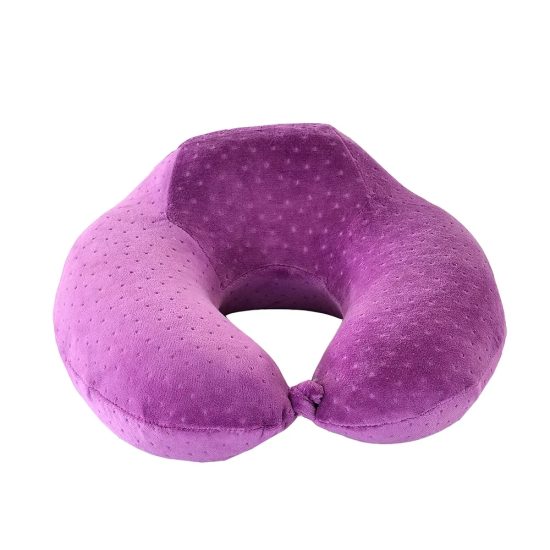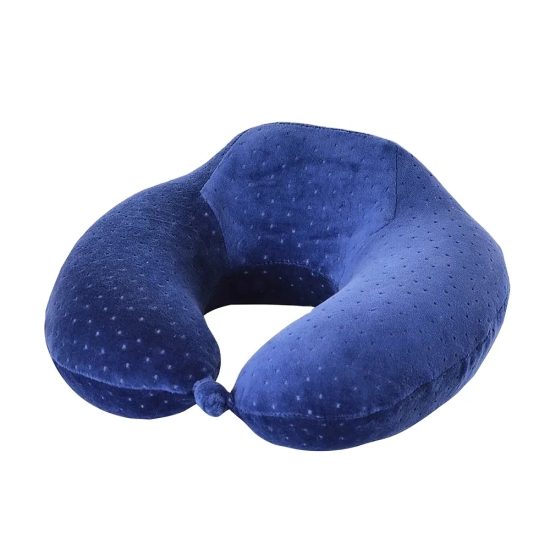Choose Cushions That Are Environmentally-Friendly and Sustainable
When selecting cushions that are environmentally-friendly and sustainable, consider the following options:
- Organic and Natural Materials: Look for cushions made from organic and natural materials. Organic cotton, linen, hemp, or wool are eco-friendly options as they are grown without the use of synthetic fertilizers or pesticides. These materials are biodegradable and have a lower impact on the environment compared to conventional materials.
- Recycled Materials: Choose cushions made from recycled materials, such as recycled polyester or upcycled fabrics. These cushions reduce waste by giving new life to existing materials and help minimize the demand for virgin resources.
- Sustainable Fillings: Consider cushions filled with sustainable materials. For example, cushions filled with organic buckwheat hulls, kapok fibers, or natural latex are eco-friendly alternatives. These fillings are renewable, biodegradable, and have a lower environmental impact compared to petroleum-based foam.
- Certifications: Look for cushions that carry certifications indicating their environmental credentials. Certifications like Global Organic Textile Standard (GOTS) for organic materials or OEKO-TEX Standard 100 for textile products free from harmful substances can provide assurance of the cushions’ eco-friendly properties.
- Low-Impact Dyes: Choose cushions that are dyed using low-impact or eco-friendly dyes. These dyes are made with minimal water usage and contain fewer harmful chemicals. They help reduce water pollution and minimize the ecological impact of the cushion manufacturing process.
- Sustainable Production Practices: Consider cushions that are produced using sustainable manufacturing practices. Look for brands that prioritize resource conservation, waste reduction, and ethical labor practices. Brands that focus on transparency and provide information about their supply chain and production methods are often more environmentally conscious.
- Durability and Longevity: Opt for cushions that are well-constructed and made to last. Durable cushions reduce the need for frequent replacements, ultimately reducing waste. Consider cushions with reinforced seams, quality stitching, and high-quality materials that can withstand regular use and maintain their shape over time.
- Packaging: Pay attention to the packaging of the cushions. Look for brands that use minimal packaging and opt for recyclable or biodegradable materials. Avoid excessive plastic packaging and seek cushions that are shipped in eco-friendly or recycled packaging.
When purchasing eco-friendly and sustainable cushions, consider your individual preferences and values. Look for transparency in the brand’s sustainability practices and materials used. Choosing environmentally-friendly options contributes to reducing your carbon footprint and supporting a more sustainable future.


